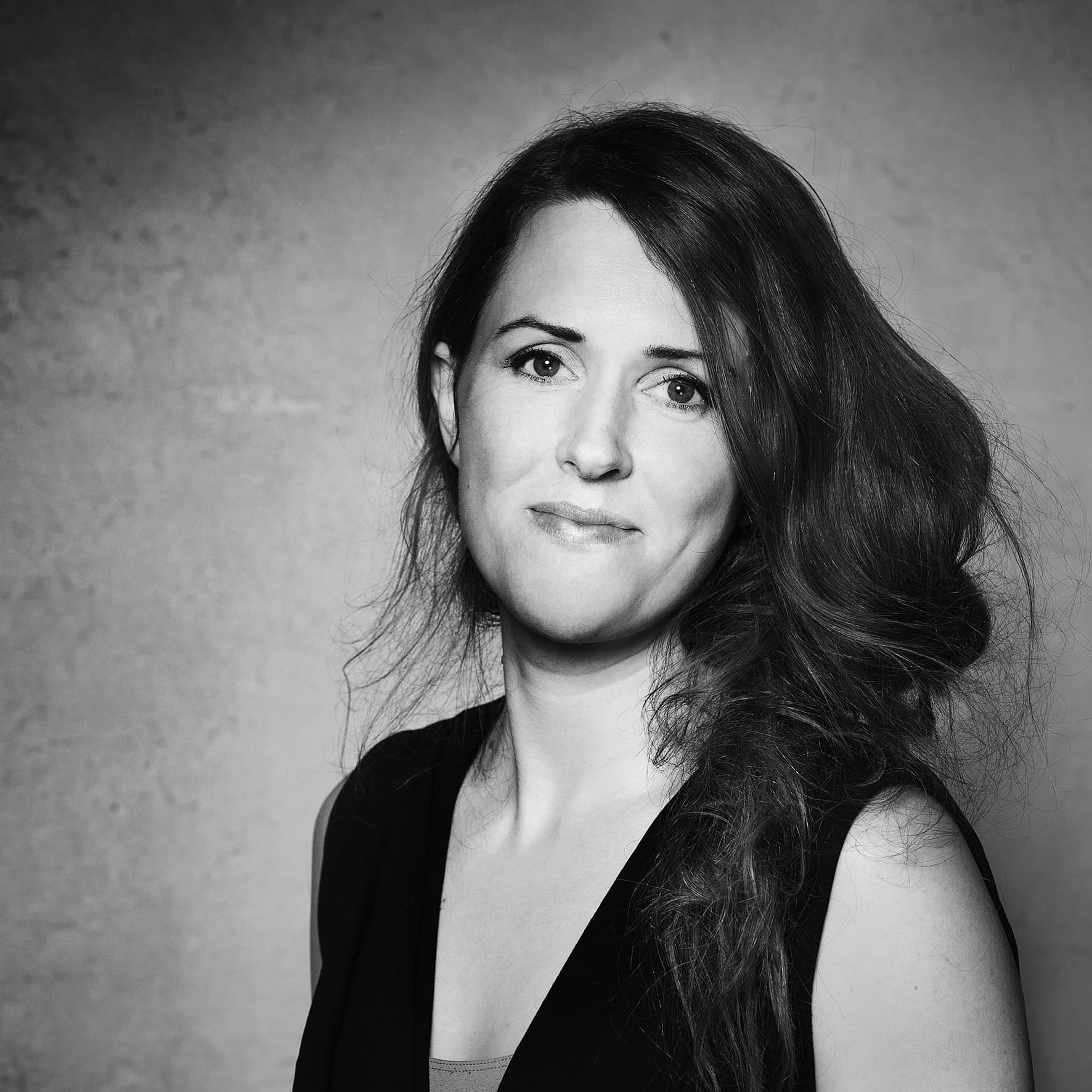Eva Louise Hauge,
textile designer
Evalou has been part of Danish Design Makers since its founding, and she is part of the board.
“I’m the odd one out”
Evalou is a designer of textiles and patterns, thus participating in the blind date project on slightly different terms than her colleagues. She wouldn’t be able to answer a furniture brief, so she has been given a brief from a textile company, still unknown to her and they do not know who she is either. In their brief, they have disclosed their interest in using pure materials that can be fully recycled and enter into full circle loops.
Evalou’s approach to the brief is interpretive. She finds the brief comprehensive and challenging to answer, but she has chosen to interpret it as a poetic communication task.
On this ground Evalou has decided to study three specific textile fibers, one from the animal kingdom, one from the plant kingdom, and one oil-based fiber. She will dive into the characteristics of each fiber and present her knowledge in a large book with hand drawings. Furthermore, she is designing a number of patterns for each fiber that she will present on paper at the fair.
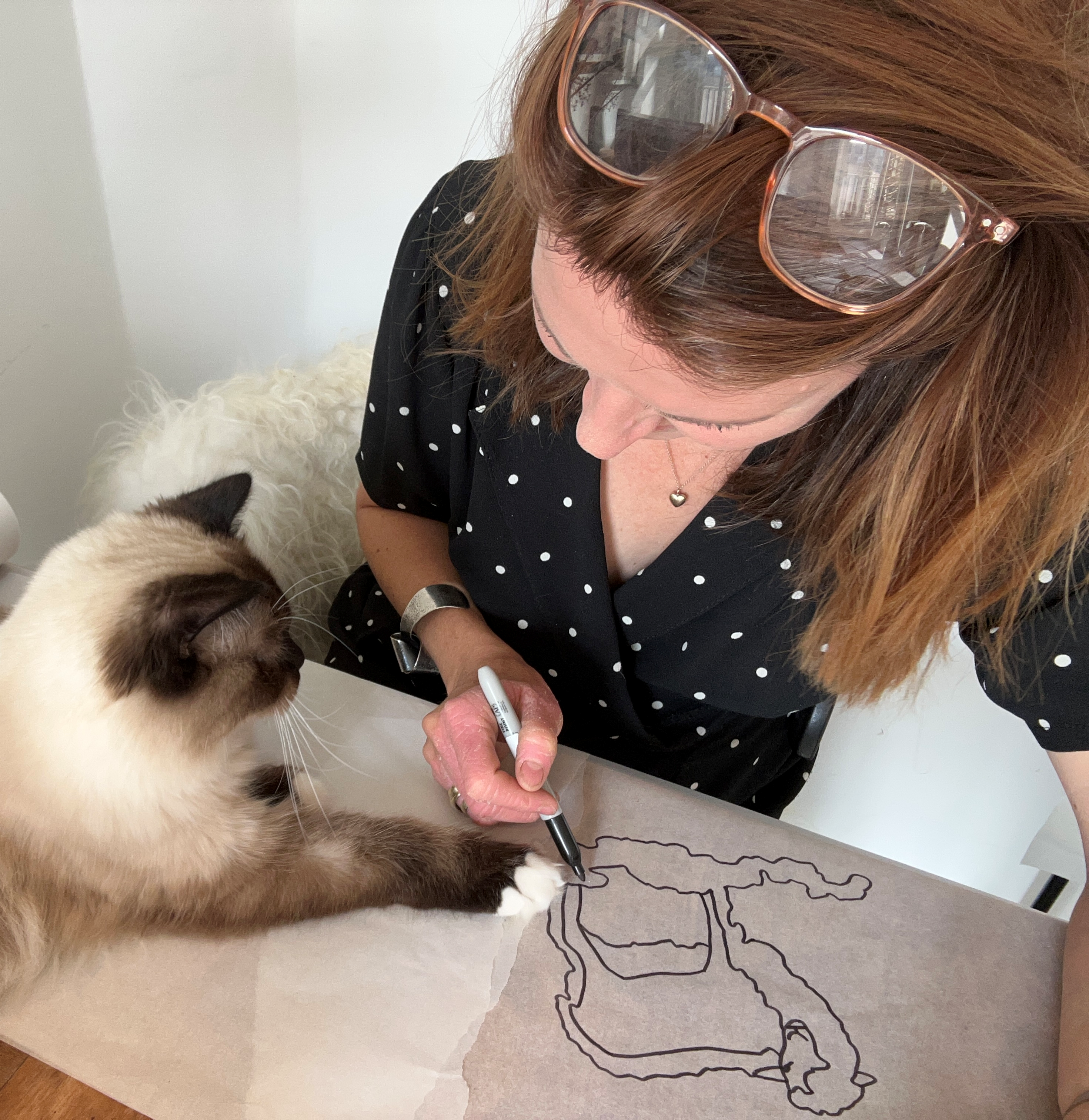
Focus on the good
Evalou wishes to take a positive approach towards communicating about the impact of these different textile fibers.
“I hope I can teach people something new about textiles and maybe inspire some to support the hemp industry more. Hemp is all around a wonderful material that is both durable and soft, has a low climate impact, grows fast, absorbs more CO2 per area than most other plants, and there is no need for pesticides since it is naturally resistant towards illnesses. The only reason I can see why hemp doesn’t dominate the world is because of the euphoric effect that some parts of the plant can have.”
Evalou is passionate about taking good care of the resources we already have. She believes we all would act more responsibly if we knew more about where the resources come from, how they are made, the working conditions, and all the processes they go through.
“I wish to inspire and enlighten people so that they become more aware of the value that our materials have, how important it is to take better care of our things, repair them, sort our waste correctly. Because there’s an end to much of the resources that we take for granted today.”
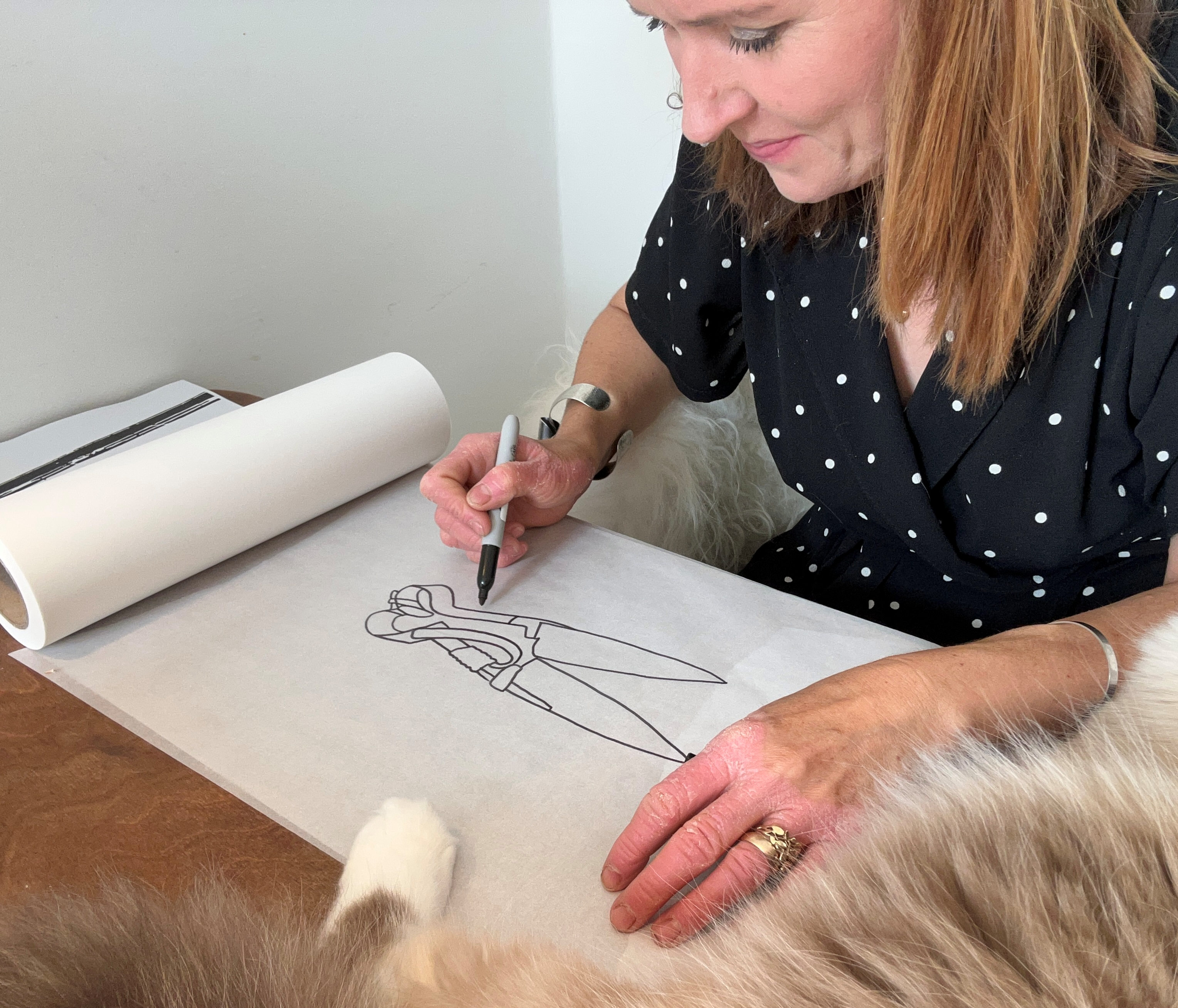
Traditional ways of hosting fairs are outdated
Evalou generally likes the idea of the blind date concept, because it gives the designers an opportunity to present their designs to the companies in person. They get to add their own ideas, values, and details to the design and show an actual product that the companies can see, feel, and try out in real life. Ideas and details that might have been killed in the process if the designers had been able to communicate with the companies during their design process. Ideas that might inspire to a more sustainable and responsible approach.
“I think traditional fairs in general will be challenged in the future. When DDM was founded, the standard attitude towards fairs was that it was totally fine to build an exhibition stand for thousands of euros and then just throw it in the trash afterwards. That’s not okay anymore. Standing in a huge hall with air conditioning just to mingle a little, not knowing if the people or companies you hope to meet will even be there – I think it has no place anymore. So, it is good to start doing things differently.”
A book about a family and their textile emissions
Evalou has written a book about the choices of fibers and the consequences of using one fiber over another. The book aims to highlight some of the very common myths that many have about fibers. Are they really true or not?
How Målbar has calculated the project
Målbar has helped Evalou by creating climate screenings for each fiber she describes.
Since the book describes fibers in different apparel/household settings we have used the draft PEFCR for apparel (which covers clothing, fashion, footwear, accessories etc.).
PEFCR or Product Environmental Footprint Category Rules are the rules that determine how to calculate an LCA in detail on a particular product category. In this case, the product category is apparel. As apparel encompasses a wide variety of textiles and leathers this product category sets the standard for how textiles and leathers are calculated.
It defines what lifetime is to be expected of the different sub-categories of apparel (t-shirts, pants, shirts, coats, socks, etc). It also describes how the emissions from their use phase are to be calculated – washing, drying and ironing, etc, depending on which fibers are used in the textiles.
The PEFCR also defines what environmental data to use in case there is limited data available from the supply chain. Therefore, this PEFCR is a good source of information for calculating an average footprint of apparel.
PEFCR in the LCA work is a set of predefined rules/calculation methods that EU has made on how to calculate on apparel.
If there isn’t a PEFCR on the item you want to do an LCA on, you use the framework that is defined in the PEF (Product Environmental Footprint) rules.
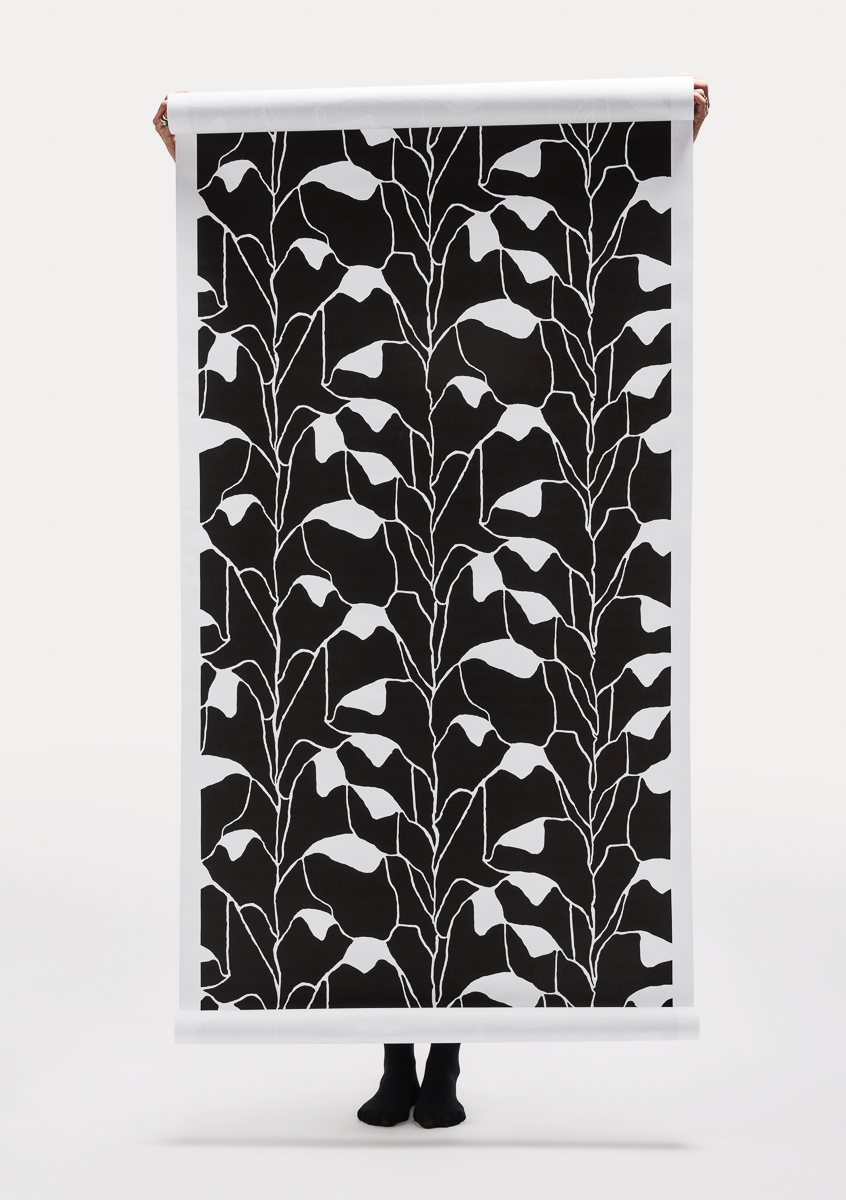
Photo by Kristine Funch
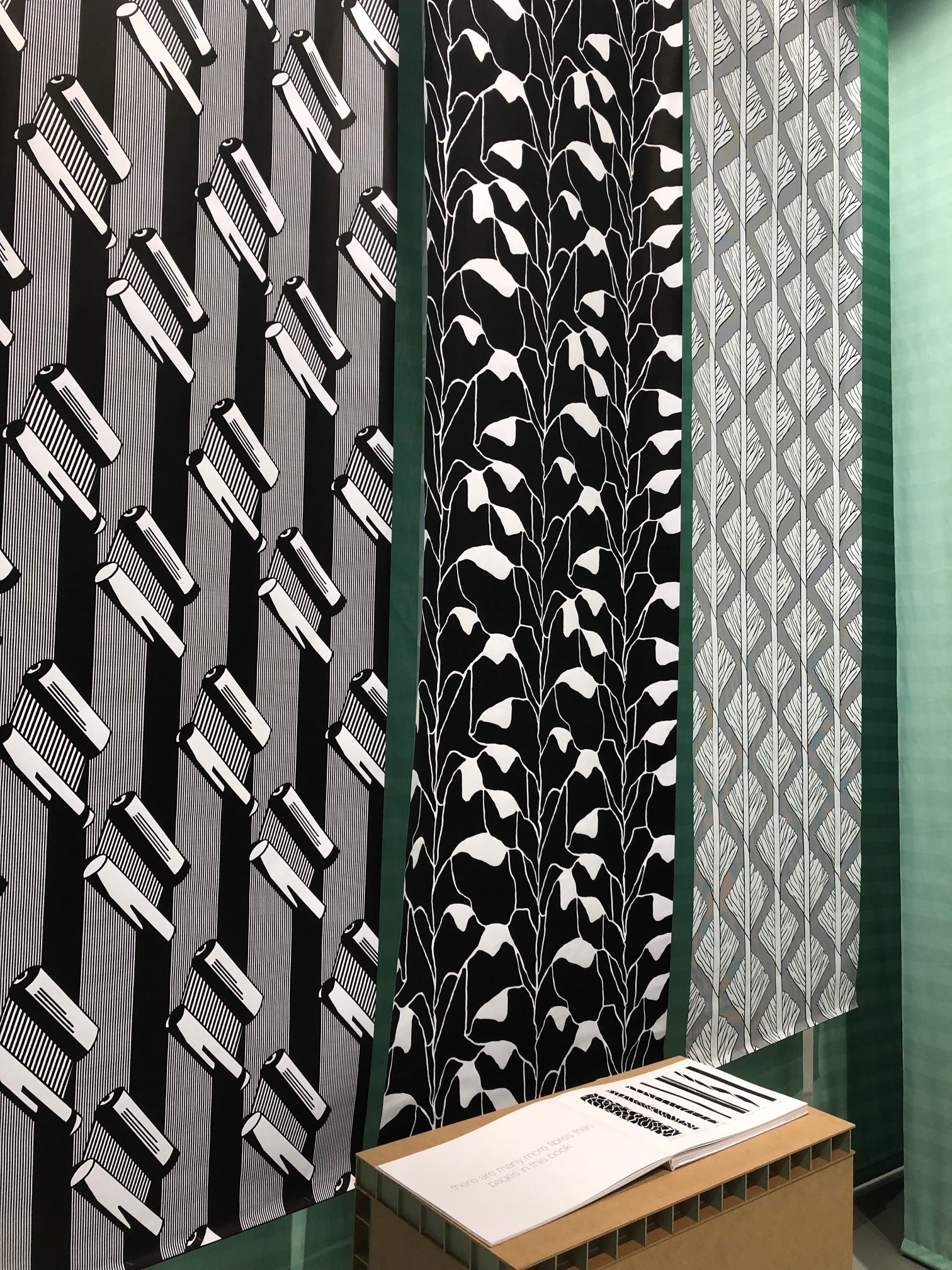
Highlighting a myth
Evalou is sharing insights about the environmental impact of jute and wool fibers. You might think that wool has a lower climate footprint than jute, but surprisingly, that’s not the case.
According to the PEFCR (Product Environmental Footprint Category Rules), emissions from fibers are allocated based on two main stages:
- Farming stage (when animals are alive): During this stage, the allocation between the products the animals produce are based on the protein level in their products. Wool which is almost 100% protein naturally gets a higher share of the emissions than if one allocates by weight or by economic value.
- Slaughter stage (when animals are processed): The emissions that are left after the farming stage are allocated based on their economic value. So, products that sell at higher prices end up with a larger share of the emissions.
The power of making communication relatable
From our point of view, it is relevant to look into how PEF is allocating the emissions of using different materials.
In that sense, Evalou’s project is a great format that makes the message of these allocations relatable since she has used elements from her own daily life. Elements that most people can relate to.
Assumptions
- The material of the book and how it has been produced have not been included in the overall calculation of her project.
- All climate footprints are calculated according to EU’s Product Environmental Footprint method (Annexes 1 to 2, Product Environmental Footprint Method, Dec 2021)
- For the family’s clothes, EU’s draft PEFCR has been used as basis for the calculations and partly also for the other footprints of products (DRAFT PRODUCT ENVIRONMENTAL FOOTPRINT CATEGORY RULES (PEFCR), APPAREL AND FOOTWEAR, PEF Technical Secretariat, 18 March 2024)
- The calculation of spinning jute fibers for the carpet is based on the source: Assessment of Energy Consumption and Emissions of Jute Mill Production Line in Bangladesh, Shazib et al, 2015.
- A life time of 15 years with vacuum cleaning every 14 days have been added in the use phase of the carpet.
- The calculation of the bedsheets is based on a spinning and weaving yarn weight of 224 dTex and a lifetime of 365 uses with 14 uses between washing which is added in the use phase.
- For the sofa covers, a yarn weight of 775 dTex have been assumed for weaving.
- A lifetime of 15 years with vacuum cleaning every 14 days have been added in the use phase of the sofa.
Context
Målbar participates in Danish Design Makers’ 2024 design challenge, The Blind Date experiment where 19 designers and design duos answer furniture briefs from anonymous European furniture companies. The designers use Målbar’s climate screening tool to gain insigths into the climate emissions of materials and production processes, learning about the climate impact of their design choices. Ultimately, the total climate footprint of each design will be calculated and presented at ORGATEC in Cologne on October 22nd-25th 2024.
This article reflects the designer’s own opinion and Målbar does not necessarily agree with their statements about materials, processes, etc.
